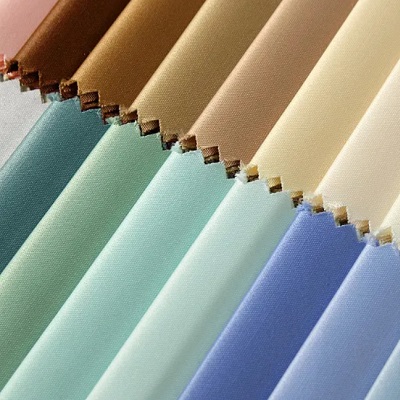The fabric industry is the backbone of global fashion and lifestyle markets. As consumer demands shift toward comfort, functionality, and eco-friendly materials, textile manufacturers are innovating to deliver fabrics that combine style with performance. From traditional cotton to advanced technical textiles, fabrics are shaping the way we live, dress, and decorate our spaces.
In this article, we explore the key types of fabrics, their applications, the rise of sustainable solutions, and sourcing opportunities for global buyers in 2025.
Main Categories of Fabrics
- Natural Fabrics – Cotton, linen, silk, and wool, known for comfort and timeless appeal.
- Synthetic Fabrics – Polyester, nylon, and acrylic, offering durability and cost efficiency.
- Blended Fabrics – A mix of natural and synthetic fibers, combining the best of both worlds.
- Functional & Technical Fabrics – Engineered for performance with features like quick-dry, stretch, UV protection, and antibacterial treatment.
Applications Across Industries
Fabrics go far beyond fashion apparel. They influence multiple industries, including:
- Fashion & Apparel: Dresses, outerwear, casual wear, and luxury collections.
- Sportswear: High-performance fabrics designed for movement, breathability, and sweat management.
- Home Textiles: Curtains, upholstery, bedding, and decorative fabrics for interiors.
- Industrial Uses: Protective clothing, medical textiles, and automotive fabrics.
Sustainability as the Driving Force
One of the strongest trends in 2025 is the rise of sustainable fabrics. Global consumers and brands are increasingly concerned about reducing environmental impact. Popular eco-friendly options include:
- Organic cotton with reduced pesticide usage
- Recycled polyester made from PET bottles


